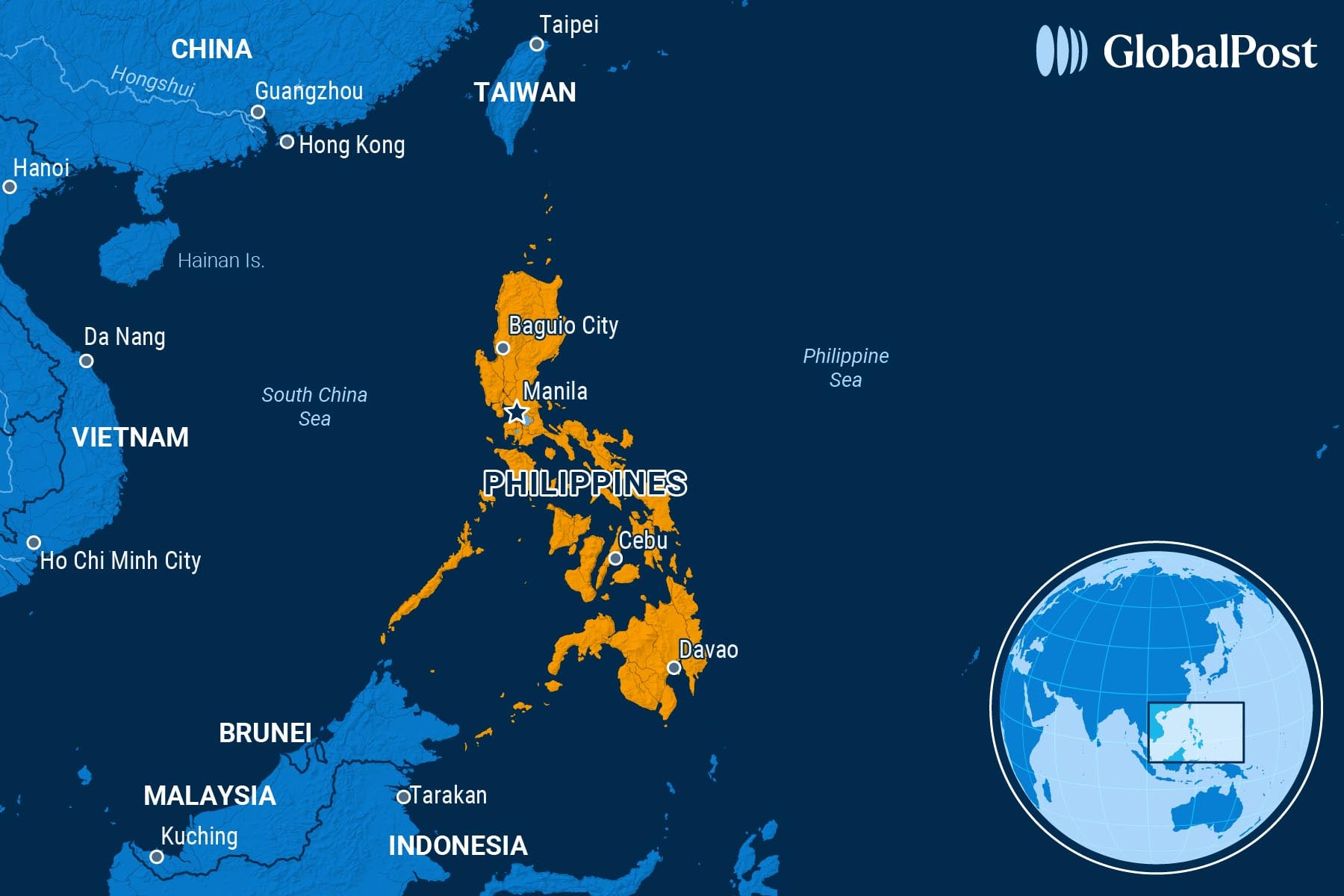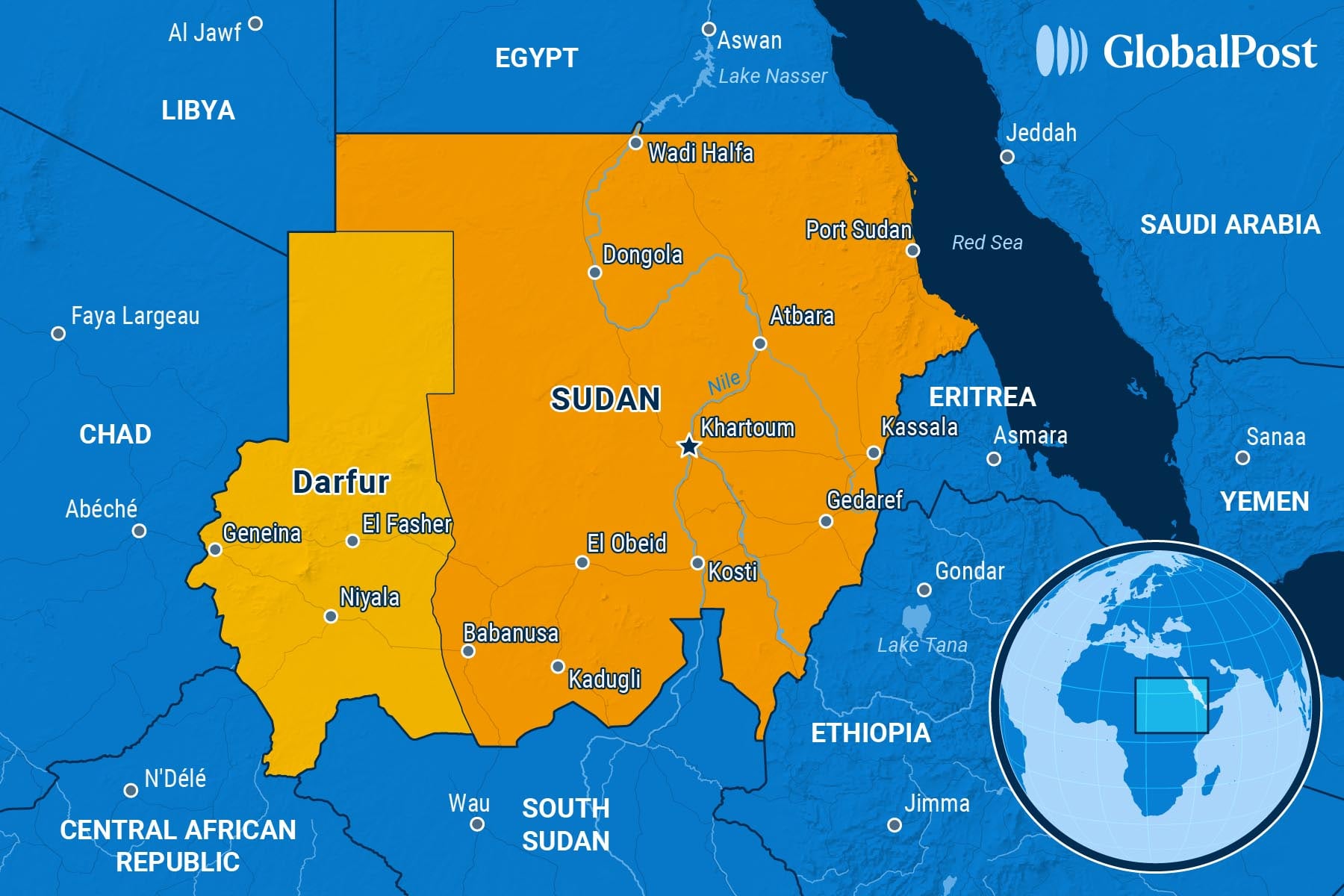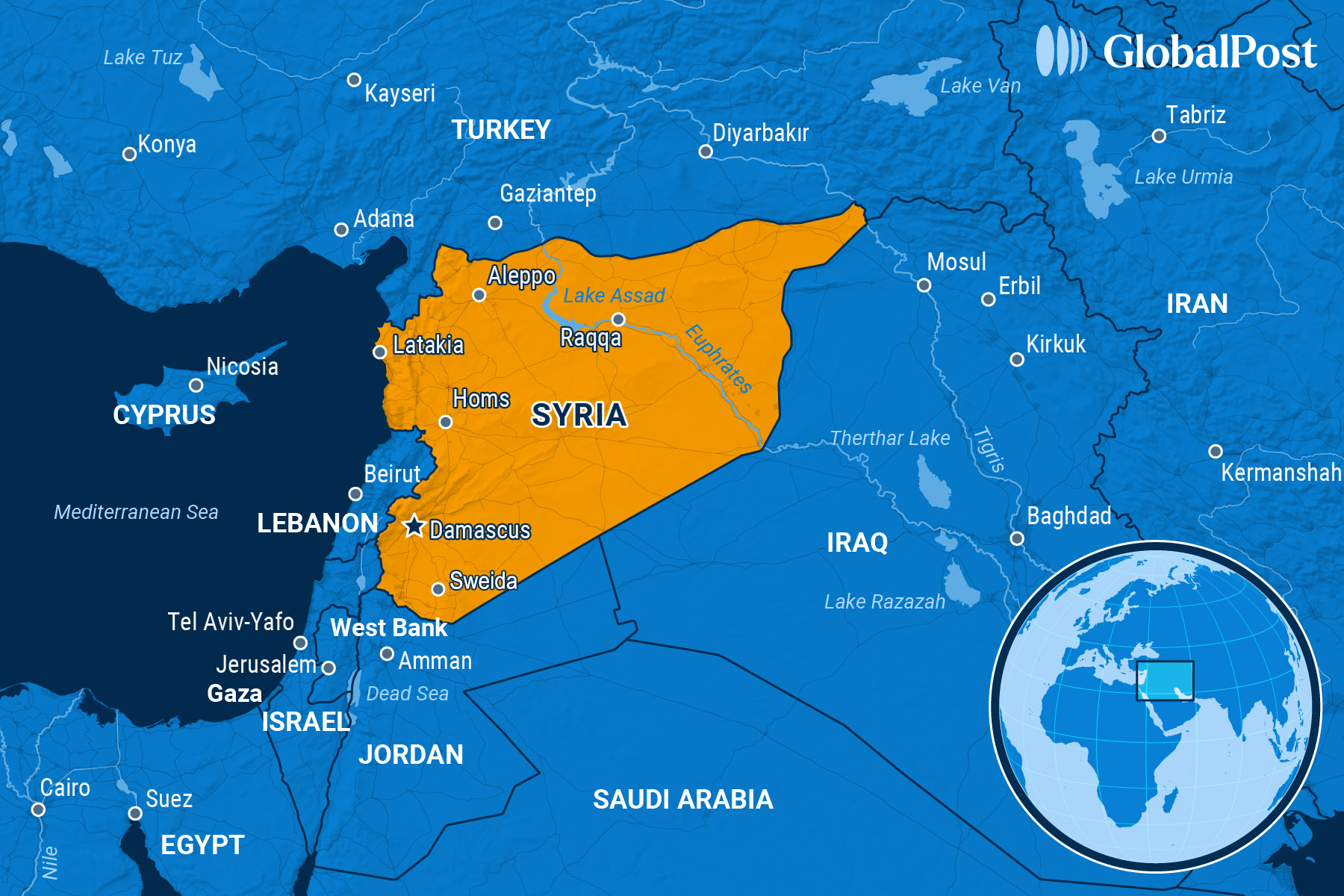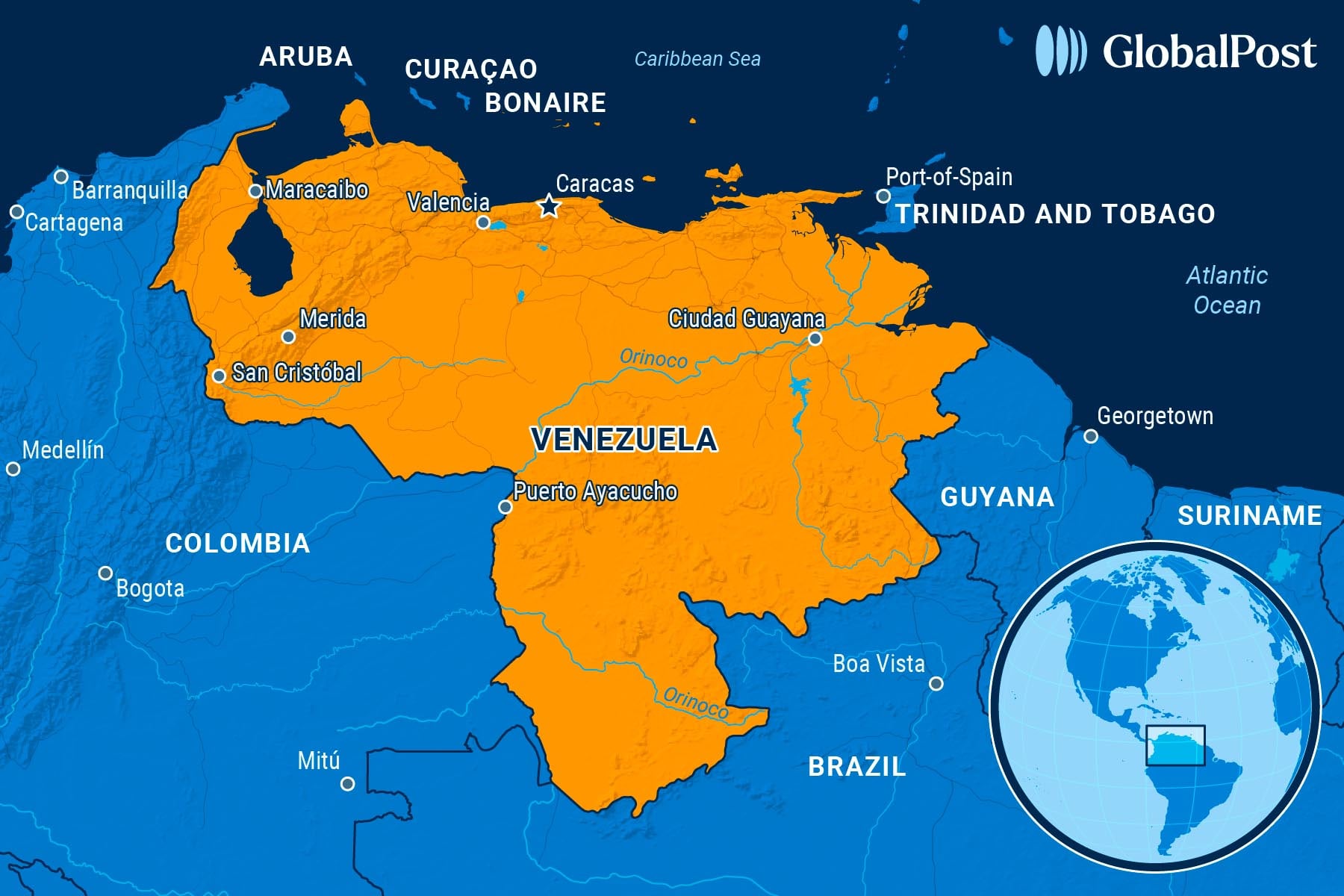Relief Valve: After Protests, Many Wonder if the Philippine Government Is the Next to Fall
NEED TO KNOW
Relief Valve: After Protests, Many Wonder if the Philippine Government Is the Next to Fall
PHILIPPPINES
 Ahead of mass protests against government corruption late last month, President Ferdinand Marcos Jr. told would-be demonstrators that he actually supports them.
Ahead of mass protests against government corruption late last month, President Ferdinand Marcos Jr. told would-be demonstrators that he actually supports them.
“If I weren’t president, I might be out on the streets with them,” he said. “Since this (corruption) has all been exposed… do you blame them for going out on the streets?”
Even so, he implored protesters to keep it peaceful: “Let them know, shout it all out, demonstrate… but just keep it peaceful, because once it’s no longer peaceful, that becomes difficult…”
On Sept. 21, tens of thousands of protesters took to the streets across the country in the Trillion Peso March, the first of what organizers say will be multiple demonstrations and strikes. Things didn’t remain calm everywhere, however.
More than 200 people were arrested, including children, following clashes between police and protesters in Manila, leaving one person dead and hundreds wounded. Vehicles, businesses, and other buildings were torched or vandalized. Meanwhile, Amnesty International called for investigations into the use of excessive force by police against peaceful protesters.
The impetus for the protests was allegations that surfaced in the summer by Marcos, himself, centering on a wealthy couple who ran several construction companies that won lucrative flood-control project contracts: They did “substandard” or non-existent work to compensate for significant kickbacks to legislators, construction companies, and public works engineers. Still, in media interviews, the pair showed off dozens of European and American luxury cars, including a British luxury car costing 42 million pesos ($737,000) that they said they bought because it came with a free umbrella.
The president then established an independent commission to investigate what he said were anomalies in many of the 9,855 flood-control projects worth more than $9.5 billion since he took office in mid-2022. He called the scale of corruption “horrible,” filed graft complaints against those involved, and accepted his public works secretary’s resignation. The speaker of the House of Representatives, his cousin, also resigned.
Since then, Filipinos have been glued to their televisions as both houses of Congress conduct probes on air.
The Philippine government estimates the economy has lost up to $2 billion from 2023 to 2025 due to corruption in these projects. Greenpeace, meanwhile, has estimated the cost in that period to top $17 billion.
In the impoverished country regularly ravaged by flooding – this summer, floods and landslides killed more than 30 people and left more than 200,000 people displaced – the contracting scandal ignited fury.
“We wallow in poverty and we lose our homes, our lives and our future while they rake in a big fortune from our taxes that pay for their luxury cars, foreign trips and bigger corporate transactions,” student Althea Trinidad, who participated in the protests in Manila, told the Associated Press.
Now the question many are asking in and outside of the country is whether the Philippines will follow Nepal and Indonesia: Nepal recently ousted its government after mass protests over corruption and inequality, while large Indonesian demonstrations remain ongoing.
“It’s a question that has worried many people in light of what’s turning out to be the Philippines’ biggest corruption scandal in our (recent) history,” wrote Philippine news outlet Rappler. “The precursors for some kind of an uprising are certainly present. But violent riots on the scale of what happened in Indonesia and Nepal have not really happened in the Philippines since February 1986, when angry Filipinos forced the Marcos family to flee Malacañang.”
The newspaper added that because the government was allowing for the protests and strikes, investigating the corruption, and moving to punish the perpetrators, it may avoid what occurred in Nepal and Indonesia.
Others noted that there were few calls for the government to step down in a country that has kicked out its leaders with mass protests twice in the past three decades: Marcos in 1986, and former president Joseph Estrada in 2001 after mass protests following his “farcical” impeachment trial involving corruption.
“This protest is not per se against (President Ferdinand) Marcos Jr. but the culture of corruption,” Georgi Engelbrecht of the International Crisis Group, told Anadolu Agency. “For a long time, Filipinos knew this was an open secret that bureaucrats and local officials take kickbacks for certain projects. What made these protests so relevant is that they happened at a time when the Philippines is being confronted by the climate crisis…”
Even so, the protests occurred on a date that Filipinos mark the anniversary of the takeover by the current president’s father, dictator Ferdinand Marcos, Sr., in 1972, who plundered the country. The Marcos family has not “adequately answered” calls by activist groups to return the stolen wealth, which some estimates put at $30 billion, wrote the Asia Times.
Meanwhile, some protesters are cautious in calling for the resignation of Marcos since this would make Vice President Sara Duterte, currently in the middle of a corruption scandal herself, the country’s new leader. Many also do not want the return of a Duterte administration – her father, Rodrigo Duterte, was Marcos’ predecessor.
Still, public discontent is broader than just the corruption scandal; it is also about crushing poverty, a lack of opportunities for the young, and inadequate infrastructure, analysts said.
“The violence that erupted between young protesters and the police gave face to the deep anger, despair, and desperation among the ranks of the poor (even as) authorities are now depicting the youth protesters as crazed misfits who only meant to sow violence and destruction,” wrote the Diplomat. “What they fail to see is the rising discontent among the youth who feel neglected by a system that favors and protects the rich and powerful.”
“The president thinks he can control the narrative and the direction of the anti-corruption movement,” it added. “The September 21 protest…provided a vivid demonstration of how the seemingly predictable anti-corruption campaign initiated by no less than the president himself could turn into another political force with a potentially disruptive impact on society.”
THE WORLD, BRIEFLY
ICC Convicts Sudan Militia Leader for Atrocities in Darfur
SUDAN / DARFUR
 The International Criminal Court (ICC) on Monday, in a landmark ruling, convicted the first Janjaweed militia leader for atrocities committed over two decades ago in Sudan’s Darfur region, Reuters reported.
The International Criminal Court (ICC) on Monday, in a landmark ruling, convicted the first Janjaweed militia leader for atrocities committed over two decades ago in Sudan’s Darfur region, Reuters reported.
The court unanimously found Ali Muhammad Ali Abd-Al-Rahman guilty on 27 counts of war crimes and crimes against humanity, including rape, murder, and persecution, and rejected his defense of mistaken identity.
“He (Kushayb) encouraged and gave instructions that resulted in the killings, the rapes and destruction committed by the Janjaweed,” said presiding judge Joanna Korner, adding that he gave orders to “wipe out and sweep away” non-Arab tribes, telling soldiers, “don’t leave anyone behind. Bring no one alive.”
His sentence will be handed down at a later time, following a new round of hearings.
Abd-Al-Rahman, also known as Ali Kushayb, was a key leader of the Janjaweed, a government-backed militia that terrorized the Darfur region and killed hundreds of thousands of people, the BBC wrote.
His conviction represents a historic moment for the ICC – concluding the first and only trial over crimes committed in Sudan. The case was brought to the court by the United Nations Security Council in 2005, and the trial began three years ago.
The 2003-2020 conflict in Darfur began when the then-government of Sudan mobilized mostly Arab militias, known as the Janjaweed, to end an armed revolt by rebels from Black African ethnic groups, who accused the state of marginalizing them.
Human rights groups have alleged that the violence that followed amounted to genocide and ethnic cleansing against the non-Arabic population in the region.
Following Monday’s ruling, victims of the conflict said the verdict had restored some faith in the ICC after the length of time it took to conclude this case. During the trial, survivors recounted how their villages were set on fire and their males slaughtered, and how women were forced into sex slavery.
Meanwhile, there are outstanding arrest warrants for other Sudanese officials, including former President Omar al-Bashir, who is wanted on charges of genocide, which he denies. Bashir, who was ousted in a coup in 2019, is reportedly in military custody in northern Sudan.
Fighting restarted in Sudan in 2023 between the Sudanese Armed Forces and the paramilitary Rapid Support Forces – the latter originating from the Janjaweed – resulting in ethnically-driven killings and mass displacement. The UN said the conflict created the world’s worst humanitarian crisis.
New Syrian Parliament Dominated By Sunni Muslims and Men, Critics Say New Regime Benefits
SYRIA
 Syria’s new government this week published the results of its first parliamentary election since the overthrow of former President Bashar Assad this week, with some hailing the vote as a milestone in a country ravaged by years of civil war, while others warned that the final tally only benefits the country’s new rulers, Al Jazeera reported.
Syria’s new government this week published the results of its first parliamentary election since the overthrow of former President Bashar Assad this week, with some hailing the vote as a milestone in a country ravaged by years of civil war, while others warned that the final tally only benefits the country’s new rulers, Al Jazeera reported.
Results published Monday showed that a majority of the 119 individuals selected for the new People’s Assembly are Sunni Muslims and male. Electoral commission spokesperson Nawar Najmeh said women made up four percent of the members, while Christians secured only two seats in the 210-seat legislature.
Sunday’s vote saw around 6,000 members of regional electoral colleges vote for two-thirds of the new legislature, while President Ahmed al-Sharaa will appoint the remaining third.
The Syrian government said it used an indirect voting system – instead of universal suffrage – because of a lack of reliable population data after 14 years of civil war that killed hundreds of thousands and displaced millions.
However, voting was postponed in Kurdish-controlled areas and the Druze-held province of Suwayda over security concerns, leaving 21 seats vacant. Najmeh said a supplementary vote would be held later this year.
The elections were the first held since Assad’s ouster in December and are part of al-Sharaa’s efforts to unite the fractured country.
But political analysts, activists, and Syrian minorities criticized the results because of their lack of inclusivity and transparency. They cautioned that the vote favored well-connected candidates and shored up the power of Syria’s new rulers.
Najmeh acknowledged the limited female and Christian representation but rejected calls for a quota system.
Meanwhile, Sunday’s election took place amid continuing instability and a stalled power-sharing deal between Damascus and the Kurdish-led Syrian Democratic Forces (SDF), which was intended to integrate Kurdish-administered institutions into the state by the end of the year.
On Monday, clashes broke out in the northern city of Aleppo between the Syrian army and the SDF after government troops sealed off two Kurdish-held districts, prompting protests and armed clashes that killed at least three security personnel, Reuters noted.
The SDF accused Damascus of attempting to “enter Kurdish districts with tanks” and called for the lifting of what it described as a government-imposed siege.
Both sides reached a ceasefire Tuesday.
Venezuela Foils Terrorist Attack at US Embassy Amid Worsening Ties with Washington
VENEZUELA
 Venezuelan President Nicolás Maduro announced this week that his security forces prevented a “false flag operation” by a “local terrorist group” to plant explosives at the United States Embassy in the country’s capital, Caracas, MercoPress reported.
Venezuelan President Nicolás Maduro announced this week that his security forces prevented a “false flag operation” by a “local terrorist group” to plant explosives at the United States Embassy in the country’s capital, Caracas, MercoPress reported.
During his weekly TV show on Monday, Maduro said that two credible sources, one domestic and one international, had told the government about the possible attack by “extremist sectors of the local Venezuelan right.”
Security forces were sent to reinforce security around the embassy, and authorities are searching for those involved in the failed plan.
The president also shared details and information about the threat with the US government, and he said he received a positive response.
Maduro described the foiled attack as a “provocation,” warning it was part of a larger destabilization attempt aimed at justifying further aggression against his country and heightening tensions with Washington – the US is expanding its military presence off the coast of Venezuela as part of a campaign against drug cartels, Al Jazeera noted.
After the rupture of diplomatic relations between Caracas and Washington in 2019, the US embassy in Venezuela has remained closed, only maintaining necessary staff for security and the upkeep of the premises. Despite the difference between the two countries, Maduro insisted that the embassy is protected and respected by his government under international law.
News of this alleged attack arrives as US President Donald Trump reportedly called off efforts to find a diplomatic agreement with Venezuela.
The Trump administration does not recognize Maduro as the legitimate president and has accused him of being one of the world’s biggest drug traffickers and also the head of the Cartel de los Soles. The US military campaign in Venezuela currently focuses on attacking Venezuelan ships in the Caribbean Sea, which it believes are carrying drugs.
Last Friday, US Defense Secretary Pete Hegseth said four people were killed during a strike on a small vessel in the Caribbean, which the White House considered involved in drug trafficking.
Venezuelan officials have condemned the US’s targeting of shipping, saying it constitutes a campaign of extrajudicial killing.
DISCOVERIES
The Power of Feasts
About 3,000 years ago, people who gathered to feast in southern Britain left behind enough bones to generate large trash heaps. These mounds are now part of the British landscape and are known as middens.
Now, a new study using isotope analysis of six middens in Wiltshire and the Thames Valley revealed where the animals consumed at the feasts were raised, providing a clearer picture of how far people traveled to contribute to these gatherings at the end of the Bronze Age.
“Our findings show each midden had a distinct makeup of animal remains, with some full of locally raised sheep and others with pigs or cattle from far and wide,” lead study author Carmen Esposito said in a statement.
Every geographical area has a different chemical makeup, which impacts the water and food from the region. As animals eat and drink, those regional markers accumulate in the animals’ bones, allowing scientists to figure out where they were raised even centuries later.
Potterne in Wiltshire, the largest midden, occupies an area of about five soccer fields and is filled with the remains of the feasts, including as many as 15 million bone fragments. Here, pork was the most common meat, with pigs brought in from a wide geographical area, even as far as northern England.
The results of the study also showed this location was a meeting point for producers from both the local area and beyond, researchers said.
Similarly, Runnymede in Surrey was another big regional hub, but here the remains were mainly made up of cattle imported into the region.
Meanwhile, East Chisenbury, located near Stonehenge, is estimated to hold the remains of hundreds of thousands of animals, mainly local sheep.
“We believe this demonstrates that each midden was a lynchpin in the landscape, key to sustaining specific regional economies, expressing identities and sustaining relations between communities during this turbulent period, when the value of bronze dropped and people turned to farming instead,” said Esposito.
During a time of climatic and economic instability, people in southern Britain appear to have relied on feasting as a way to build and consolidate ties within and between communities, co-author Richard Madgwick explained.
As a result, the scale of the debris and the wide geographic origin of the animals involved point to communal consumption and social mobilization on a scale unmatched in British prehistory.
“There was perhaps a feasting age between the Bronze and Iron Age,” Madgwick said in the statement. “Overall, the research points to the dynamic networks that were anchored on feasting events during this period and the different, perhaps complementary, roles that each midden had at the Bronze Age-Iron Age transition.”
